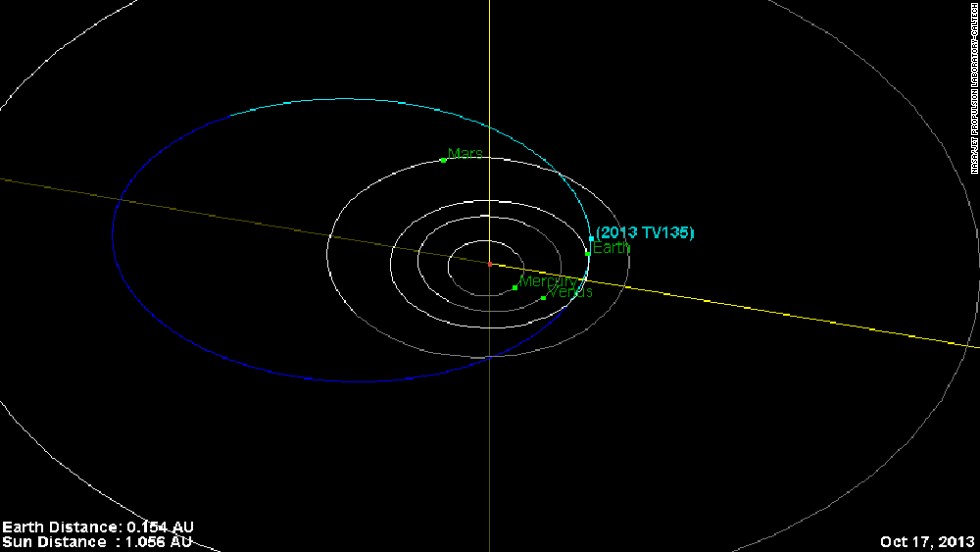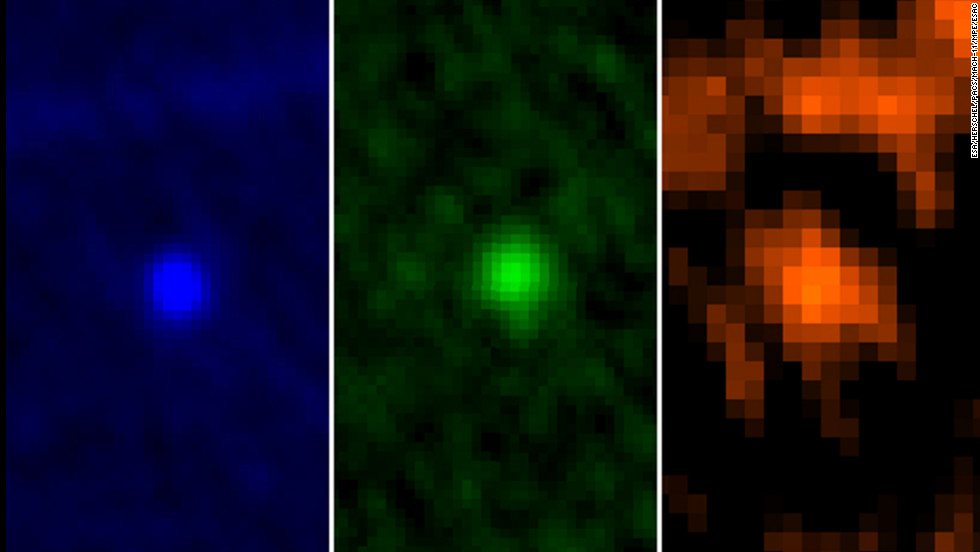Story highlights
- Asteroid Day on June 30 is aimed at bringing global awareness to the threat of asteroids
- A 100 notable scientists, astronauts and business leaders have signed a declaration to learn more about asteroid impacts
- NASA is working on programs that may stop or redirect a potentially dangerous asteroid
(CNN)Imagine this: It's early morning in 1908. A man sits at a trading post in Vanavara, Siberia, when he is suddenly launched into the air by a powerful force that creates an effect that makes him think his shirt has caught fire.
That was what the impact of an asteroid in Tunguska, more than 40 miles away, felt like, NASA said during the event's 100th anniversary in 2008.
The Tunguska Event flattened more than 770 square miles of forest: That's like wiping out seven cities the size of Orlando, Florida. That event, plus the film "51 Degrees North," about a futuristic asteroid hitting the Earth and the consequences of the impact, inspired the creation of Asteroid Day.
The first observation of Asteroid Day is today, the anniversary of the day Tunguska was struck by an asteroid 107 years ago. The global event was created by astrophysicist Brian May, founding member and lead guitarist of the rock band Queen, and Lord Martin Rees, UK Astronomer Royal at the London Science Museum, to bring awareness and educate the world about asteroids.
More than 50 public events are being put together by local organizers. And more than 36 astronauts and cosmonauts are participating in Asteroid Day as well.
The main focus of the event was the release of a 100x Declaration, which calls for the 100-fold increase in detecting and monitoring asteroids. As of right now, there's not really a good way of finding asteroids heading for the planet.
The declaration asks that the technology that is available right now to be used to detect and track near-Earth asteroids that could threaten the human population. It also asks for Asteroid Day to be officially recognized so the organization can heighten awareness of future asteroid impacts.
Notable figures in the scientific community such as Bill Nye, the Science Guy and CEO of the Planetary Society, signed the declaration.
The future threat of asteroids has also fallen on NASA's radar. Also known as the Asteroid Redirect Mission, NASA is developing its first robotic mission to visit a large near-Earth asteroid to collect samples and redirect its path.
Jason Kessler, NASA's director of the Grand Challenge, an initiative that locates potentially hazardous asteroids through collaboration, said earlier in June that asteroid hunters from around the world have identified and are tracking 12,706 Near Earth Objects.
"Of those, 1,593 are potentially hazardous, meaning they might cross Earth's path," he said.
Although the figure sounds ominous, Kessler said, "Nothing we know of is threatening Earth right now."
Nevertheless, Asteroid Day hopes to get people talking about ways to protect the planet and future generations from a potentially dangerous, rogue asteroid that may cross Earth's path.
















































